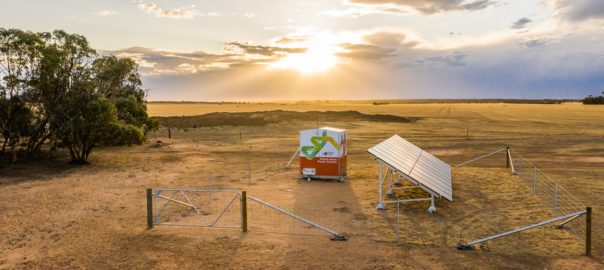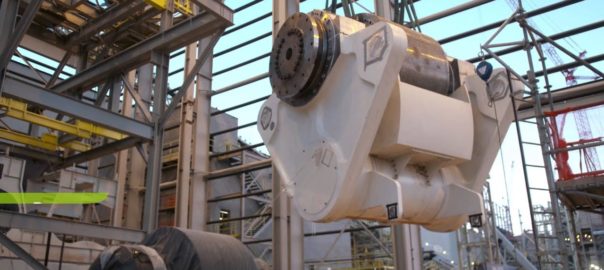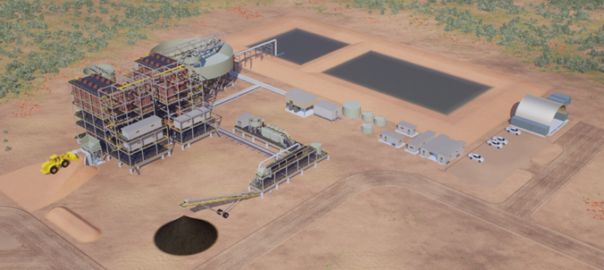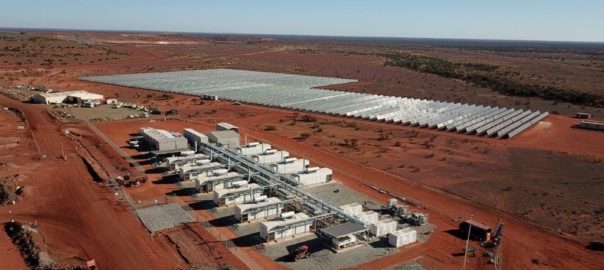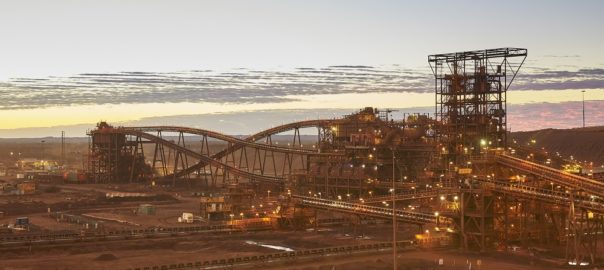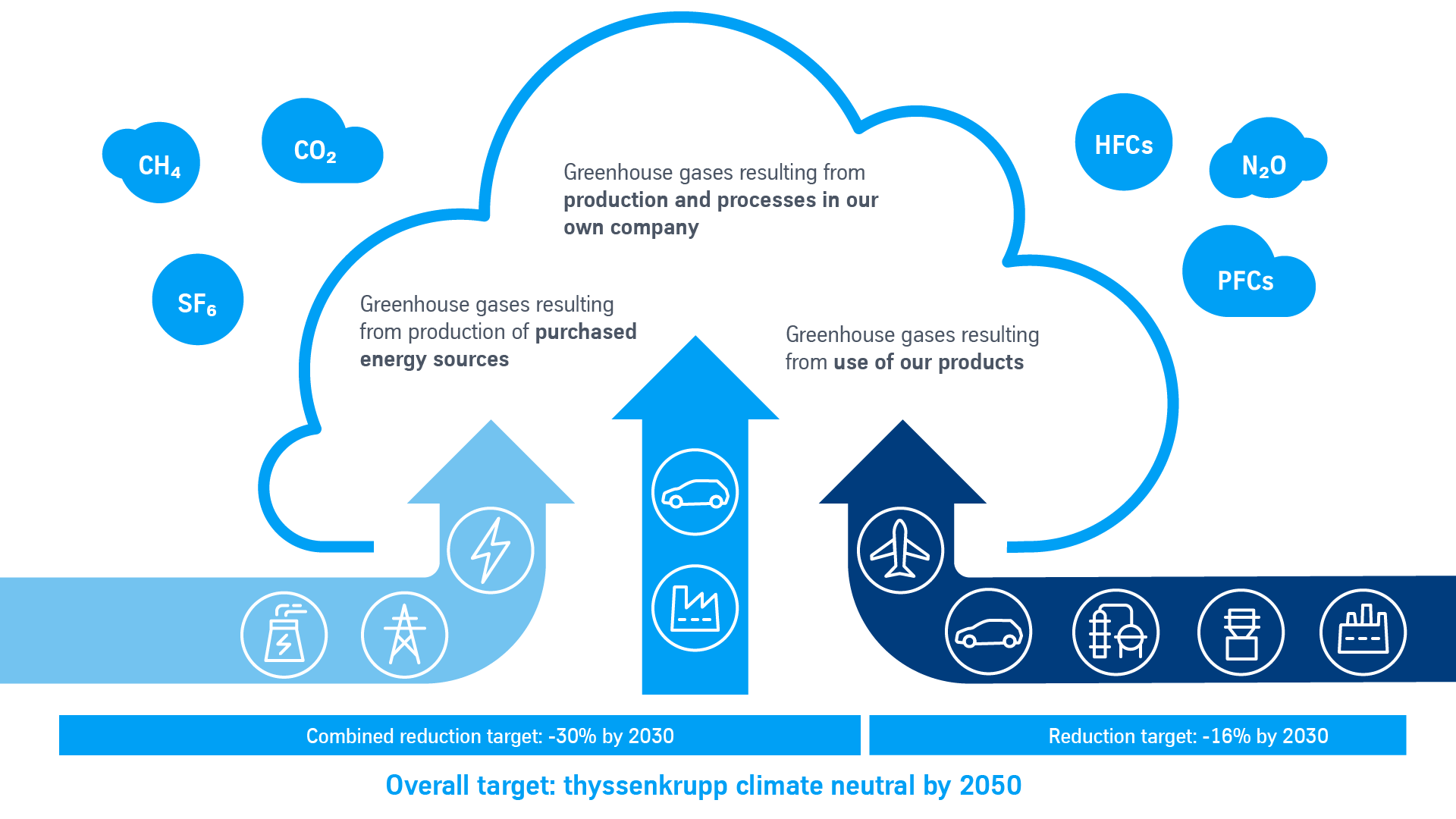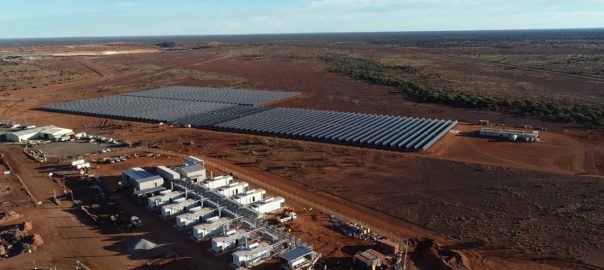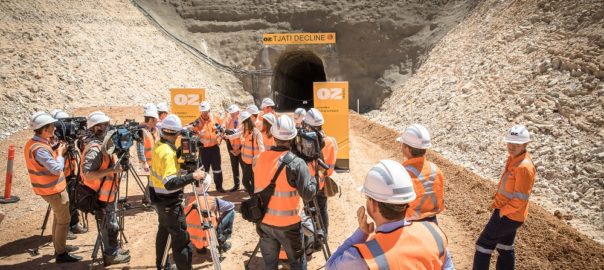Pacific Energy is looking to strengthen its renewables focus having added solar and battery microgrid specialist Hybrid Systems Australia (Hybrid Systems) to the group.
Taken private in a deal last year involving funds advised by Australian diversified alternatives asset manager QIC, Pacific Energy has previously designed, built, and operated power solutions for miners in remote locations.
The addition of Hybrid Systems will help existing mining customers reduce their carbon footprint, while establishing a foothold for Pacific Energy in the fast-developing market for Stand-alone Power Systems (SPS) and microgrid systems, according to Pacific Energy Chief Executive Officer, Jamie Cullen.
“This transaction delivers a talented and cutting-edge team experienced in the integrated renewables market, where decentralisation, decarbonisation and cost reductions are generating significant new growth opportunities,” he said.
“We gain home-grown, in-house experience in the integration of renewable energy with traditional remote power generation technology. It’s closely adjacent and highly complementary to Pacific Energy’s core business.”
Pacific Energy will maintain the Hybrid Systems brand name and offer support to accelerate growth and capitalise on opportunities in the hybrid power systems market, he added.
Hybrid Systems offering includes the supply of integrated SPS, microgrid and battery energy storage systems ranging from 3 kW for single “fringe of grid” customers up to 10 MW microgrid systems for towns and mine sites.







